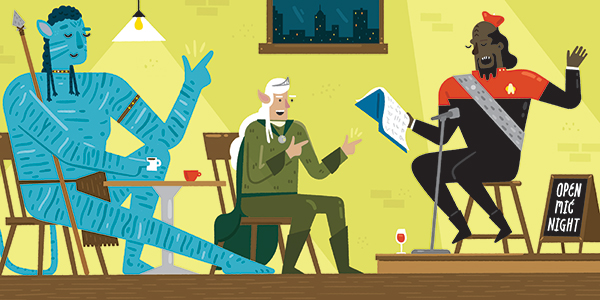
To learn Klingon or Esperanto: What invented languages can teach us
By Bob Holmes NuqneH! Saluton! A linguistic anthropologist (and creator of the Kryptonian language, among others) studies the people who invent new tongues. Read more
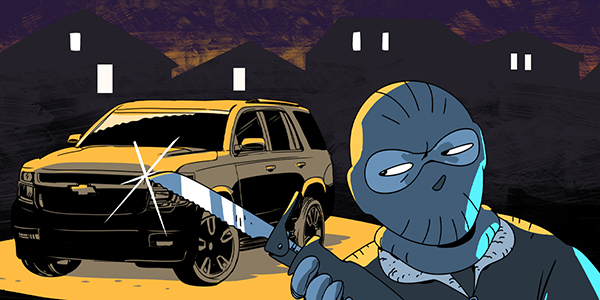
Why do thieves keep stealing catalytic converters? It’s elemental
By Greg Miller and illustrated by Maki Naro COMIC: Rhodium is one of several precious metals that put the catalyst in catalytic. And right now it’s worth more than gold. Read more
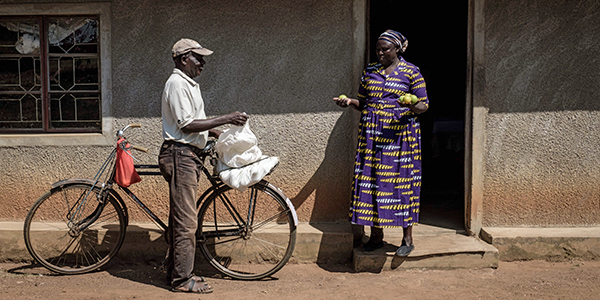
Can science solve the poverty problem?
By M. Mitchell Waldrop An evidence-based policy movement is arming the fight with tools and programs that are more effective than ever before Read more
Registration open

Why sleep matters for personal and public health
Wednesday, January 19, 2022: 9 AM San Francisco PST / Noon New York EST
Sleep matters: Disrupted sleep ups the risks for heart disease, cancer and depression. How? And what can be done about the inequities that leave communities of color and poor people at greater risk?
From the archives
Crops that more efficiently turn sunlight into energy for growth may be key to feeding the world’s expanding population — and scientists are on the case, Elizabeth Kolbert reports for the New Yorker. For a deep dive into one way those researchers aim to make photosynthesis more efficient, read our story.
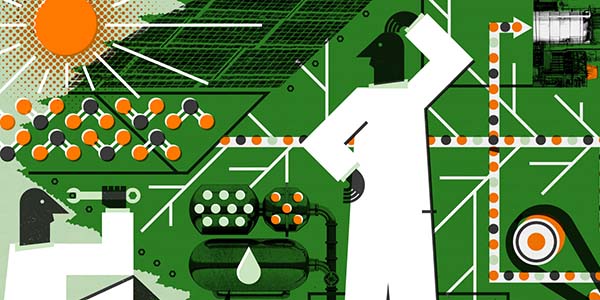
The photosynthesis fix
By Rachel Ehrenberg As world food needs rise, so does the need for faster, more efficient plant growth. Bypassing an error-prone enzyme is one way to do it. Read more
What we’re reading
Extreme archery
Alan Case’s archery arrows have razor blades instead of feathers. His carbon-fiber rods are shaped with the help of model rocketry software. His custom-built bow requires both hands and both legs to draw. For 15 years, the engineer has doggedly pursued archery’s 2,028-yard distance record, Patrick Cooke writes at Smithsonian Magazine. This “footbow archery” isn’t just a complex engineering challenge, it’s also unpredictable and dangerous. Yet on a Nevada salt flat, Case tries again.
Into the woods
The way that Germans farm trees has been the model for other nations’ timber industries. But the storms and droughts of a changing climate are killing off Germany’s forests, pushing the old ways to evolve. For Science, Gabriel Popkin lays out the growing debate over how to care for existing and future trees — do we let forests come back on their own, for example, or plant strategically? — and covers the management choices that will take anxiety-filled decades to pan out.
The gun obstacle
Journalist German Lopez set out to report on police reform in the US, but sources kept telling him the same thing: The number of guns in America stands in the way of many meaningful changes. For Vox, Lopez details how having more than one gun per person circulating nationally means that, for law enforcement, any encounter is laced with the threat of a deadly weapon. Without reform to gun laws, Lopez writes, police reforms will go only so far.
Advertisement
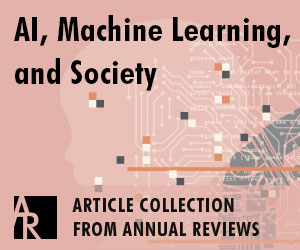
Art & science
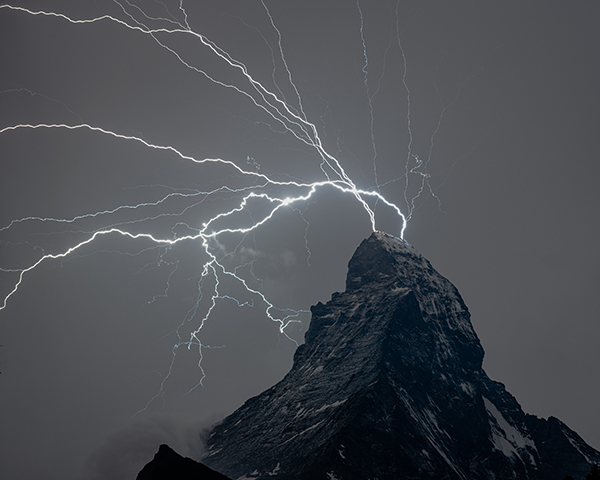
CREDIT: 2021 NATURAL LANDSCAPE PHOTOGRAPHY AWARDS / PAUL HAMMETT
Lightning strikes twice Twin bolts of lightning, crackling with power as they strike the Matterhorn — it looks like a rock album cover. This photo took first place in the “nightscape” category of the inaugural Natural Landscape Photography Awards, a new competition that favors portrayals of scenes-as-experienced over post-processing technical prowess. To get this shot, photographer Paul Hammett set up his tripod amid thunder and flashes of nearby lightning. “When these two hit the summit, I knew I had something special in the camera,” he says. “Excitement, awe, relief, pride. All in 30 minutes.” Other entries include ghostly forests, alien-looking ice sculptures and breathtaking mountain ridges; see these and more at the Natural Landscape Photography Awards site, or check out a highlight reel at Colossal.



